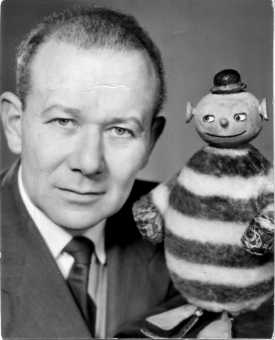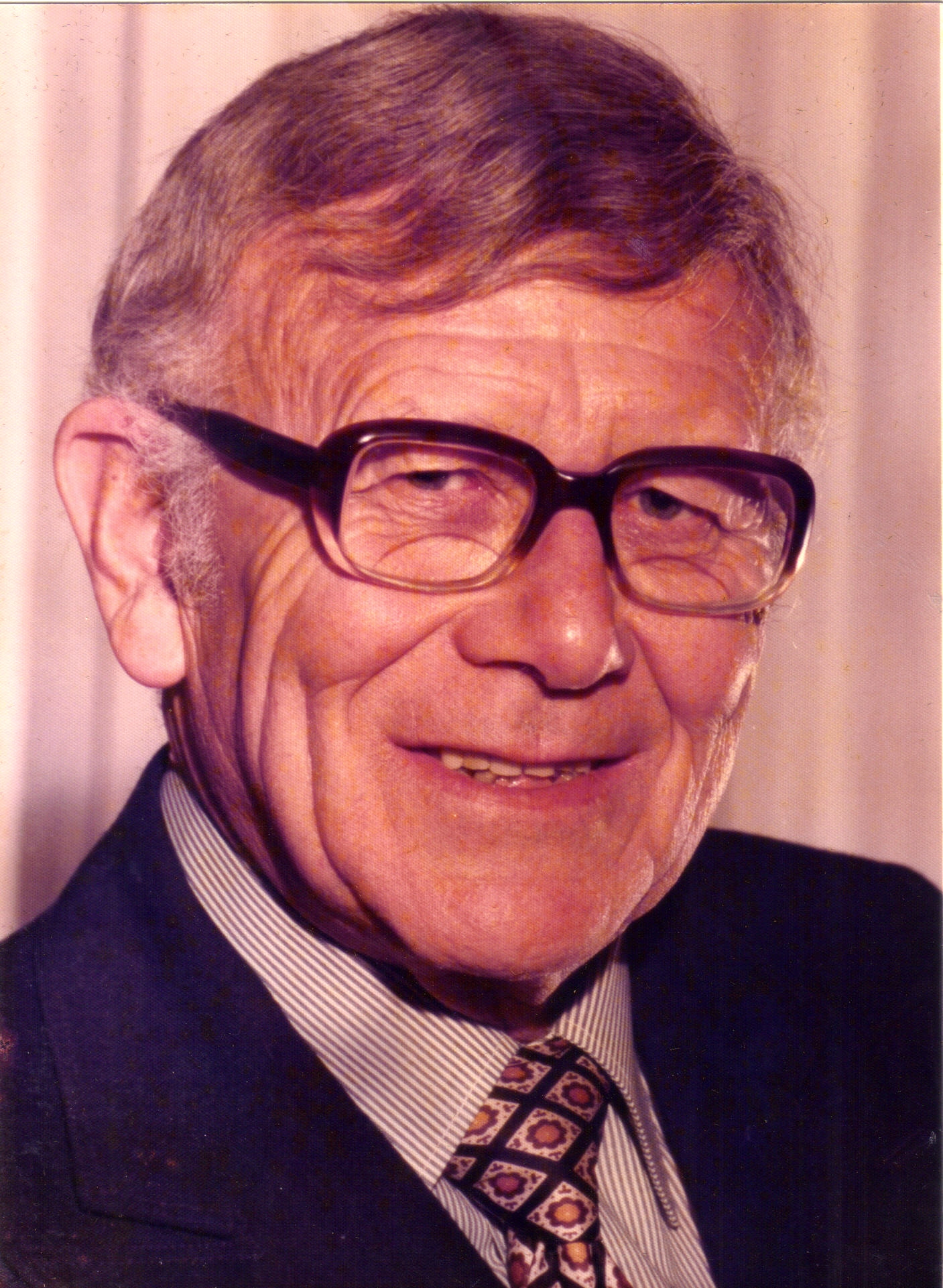Robert Harbin (Ned Williams)

Robert Harbin (born Ned Williams 14 February 1908 Balfour, South Africa – 12 January 1978 Westminster, London, UK) was a British magician and author. He is noted as the inventor of a number of classic illusions, including the Zig Zag Girl. He also became an authority on origami. The young Ned Williams first got interested in magic after an unknown ex-serviceman appeared at his school with a magic show later described as “rather poor”. Williams came to London at the age of 20 and began by working in the magic department of Gamages toy shop. He began performing in music halls under the title “Ned Williams, the Boy Magician from South Africa”. By 1932 he was appearing in the Maskelyne’s Mysteries magic show in various London theatres. He was the first British illusionist to move from stage performing to television, appearing in the BBC TV show Variety in 1937 and numerous times after the war when the BBC resumed broadcasting. He developed a number of new tricks, including the Neon Light and the now ubiquitous Zig Zag Girl. His lesser known inventions include the Aztec Lady, The Blades of Opah, and Aunt Matilda’s Wardrobe.
Much of his inventive genius was put into written form and he is known as one of the most prodigious authors on the subject of magical effects. However, although Harbin was brilliantly creative in the field of magic he was not a particularly good writer and his friend and associate Eric C Lewis has stated that many of Harbin’s titles were ghost written for him. In about 1952 Robert Harbin appeared in a minor part as a magician in the film The Limping Man, produced by Cy Endfield. In 1953, Harbin and a friend of Endfield, Gershon Legman (1917–1999), discovered a common interest in the Japanese art of paper-folding. Harbin wrote many books on the subject, beginning with Paper Magic (illustrated by the young art student, the Australian Rolf Harris who in the middle of the project, caught the origami idea and contributed several intricate models himself) in 1965, and was the first President of the British Origami Society. He was the first Westerner to use the word origami for this art-form. He also presented a series of origami programmes for ITV in its “Look-In” magazines for children in the 1970s. His grave is at Golders Green Crematorium in London.
Born
- February, 14, 1908
- Balfour, South Africa
Died
- January, 12, 1978
- United Kingdom
- Westminster, London, England
Cemetery
- Golders Green Crematorium
- Golders Green, London, England
- United Kingdom


